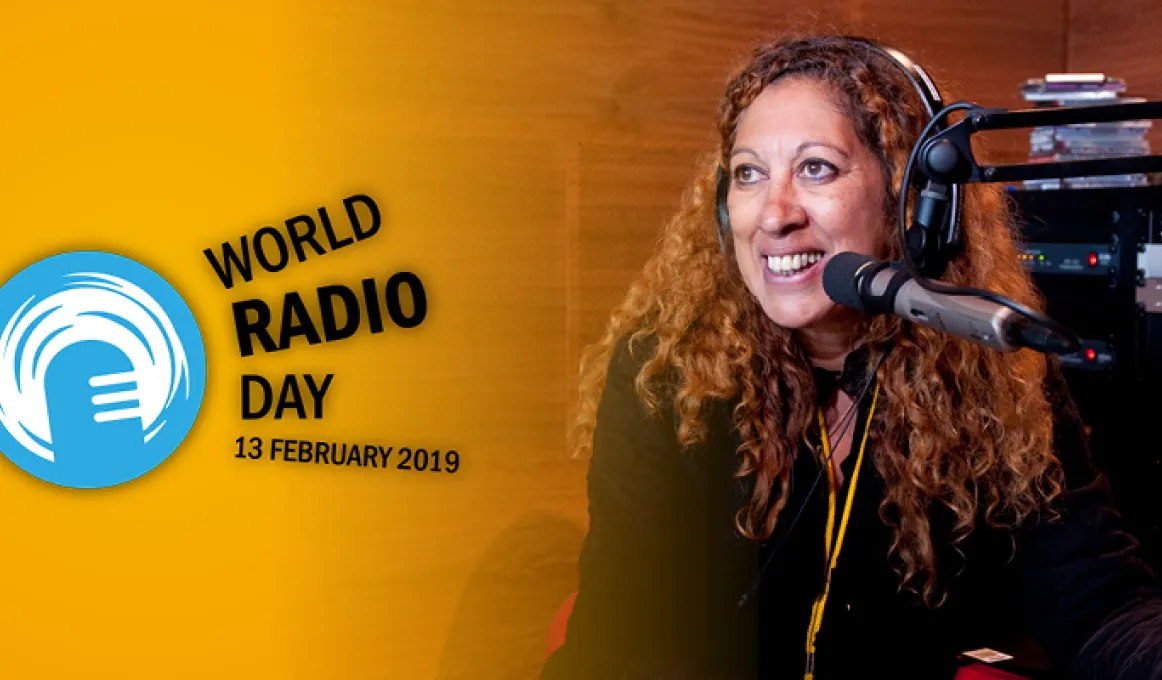World Radio Day – celebrating our Indigenous broadcasters

World Radio Day (13 February) is an opportunity to celebrate the impact of radio, and in particular, Indigenous Broadcast Services, on remote Indigenous communities throughout Australia.
13 February is World Radio Day.
Proclaimed in 2011 by UNESCO and endorsed by the UN General Assembly the following year, World Radio Day is a time to celebrate the power and value of radio in shaping our lives. It is a chance to recognise how radio unites people and communities, and is an instrument for change.
Since its invention in the 1890s, radio has arguably become the most important medium of communication in the history of the world. Its low cost has made it accessible to almost everybody.
It is a source of education, of entertainment and even warning of coming disasters and attack.
It enables ‘the one to speak to the many’ or to just a few.
It enables children living on isolated stations to receive their lessons through the School of the Air.
It connects astronauts in space to the world and their loved ones back home.
Radio unites people of the same culture who are separated by huge distances. And it unites people of different cultures in the same cause.
And here in Australia, it helps our remote communities seem less remote.
In 1985, many Indigenous communities gained access to radio and video broadcasts for the first time because of the launch of Australia’s first domestic satellite, AUSSAT.
To preserve the local languages and culture of those communities, the Australian Government set up Broadcasting for Remote Aboriginal Communities Scheme (BRACS).
‘BRACS gave Indigenous people access to, and control of, their own media at a community level, including the ability to produce radio and video programs and broadcast this content locally.*’
Now there are more than 120 Indigenous Broadcast Services operating around Australia with an approximate listening audience of 100,000 people.
Indigenous.gov.au has celebrated the work of Indigenous community broadcasters in Australia for years.
Read about how Umeewarra Radio united Aboriginal and non-Aboriginal peoples in the Iron Triangle of South Australia.
Or about the effect of the outside broadcast truck, Ms Jedda, when she arrives in a remote community of the Top End to support an event or bring a local feel to a broadcast.
Indigenous.gov.au will continue to write about community broadcasters who inform you, who entertain you and who keep you connected through stories like:
- Bringing community radio back to Cherbourg
- Connecting communities: Indigenous radio
- Umeewarra Radio, a meeting place for Country Music legends
- The voice of Umbakumba
Search our website for more stories about community radio.
Find out more
The Australian Government’s Indigenous Advancement Strategy funds BRACS which supports the Indigenous Broadcasting Services.